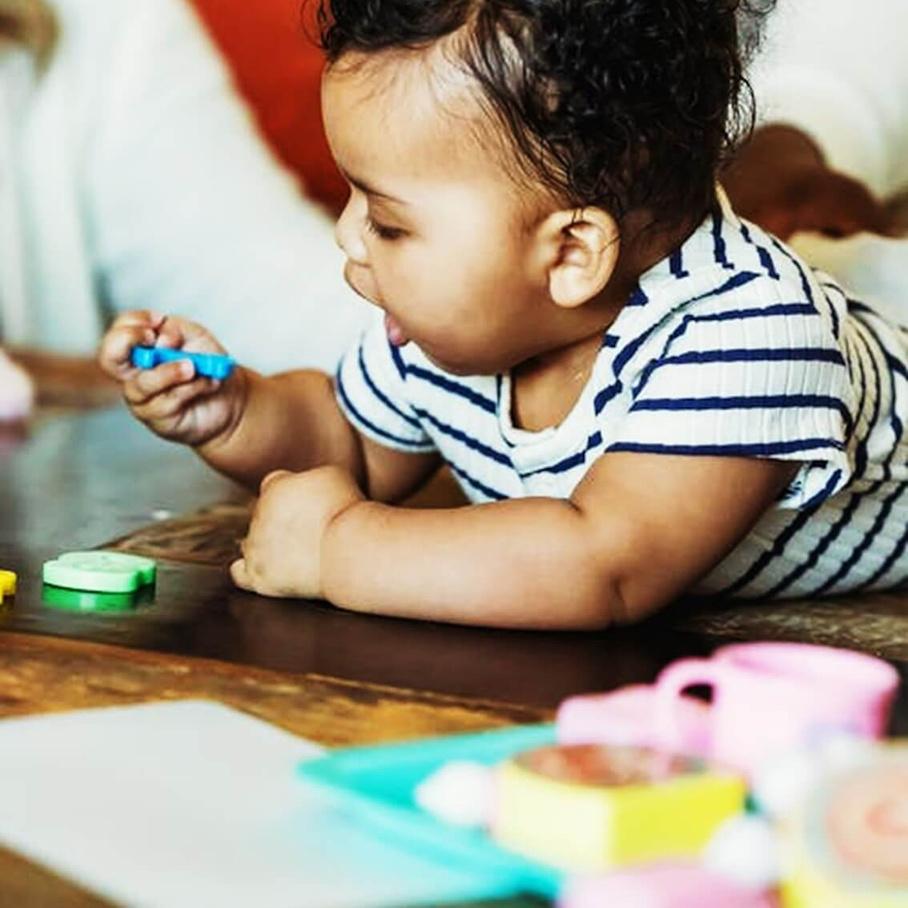
1 minute read
Understanding the Stages of Infant Motor Development: A Guide for New Parents
As new parents, you may find yourselves in a whirlwind of diapers, sleepless nights, first smiles, and all those developmental milestones that your baby will hit.
One of the key areas of your infant's growth is motor development. From the first time they hold their head up to the moment they take their first steps, every stage is crucial, exciting, and provides a foundation for future abilities. This article will guide you through the stages of motor development and provide tips on how you can support your child's progress.

Stage 1: Newborn to 2 months
Your baby's motor development begins right from birth. Initially, they exhibit reflexive movements like sucking, grasping, and startling.
The major milestone during this stage is gaining control over their head and neck muscles. While lying on their stomach, your baby will start to lift their head, which is an adorable moment and also a crucial step in motor development.
How to support: Tummy time! Start with short sessions of 2 to 3 minutes, multiple times a day, gradually increasing as your baby grows stronger.
Stage 2: Baby 2 to 4 months
In this stage, your baby will begin to gain more control over their body.
You'll notice them starting to push up during tummy time, reaching for objects, and following movements with their eyes – an important aspect of hand-eye coordination.
How to support: Provide colorful toys and objects that can stimulate their interest and encourage reaching and grasping.
Stage 3: Baby 4 to 6 months
Now your baby is getting even more active. They're likely to roll over from front to back and vice versa. You'll also observe them sitting with support, and they might start transferring objects from one hand to another.
How to support: Provide plenty of supervised floor play. Introduce toys that are easy to grasp and safe to mouth.




